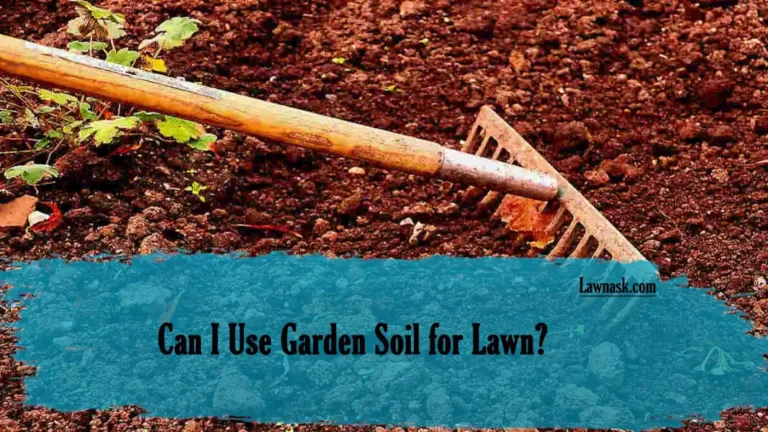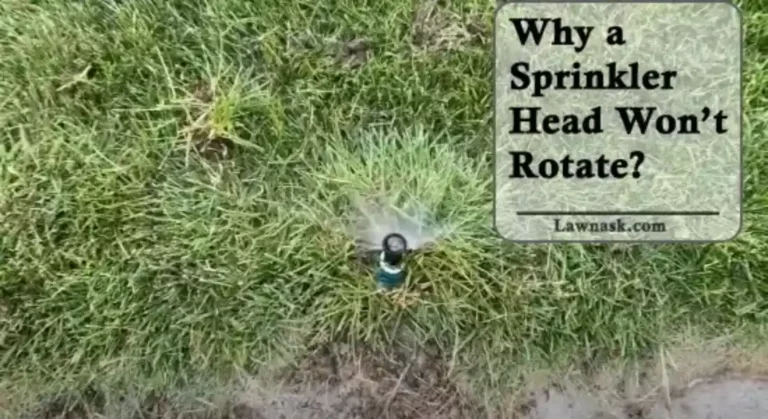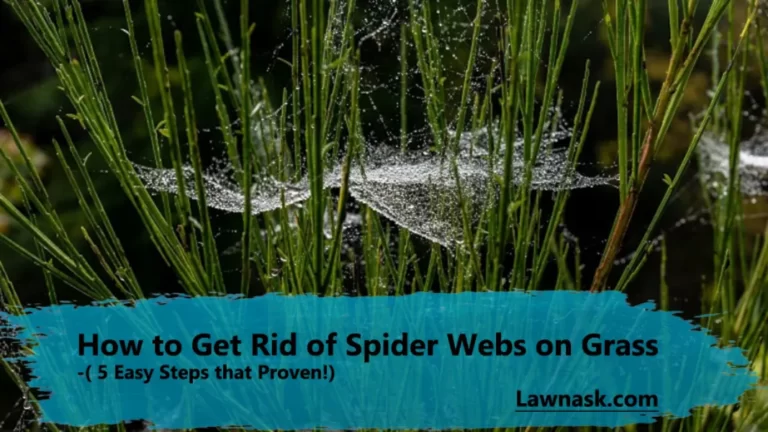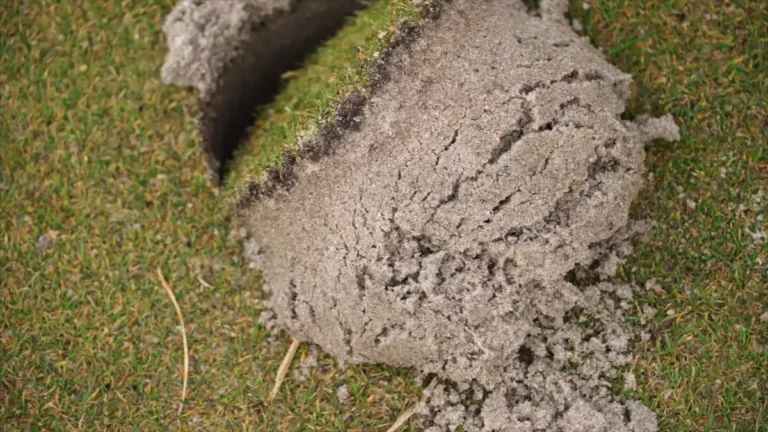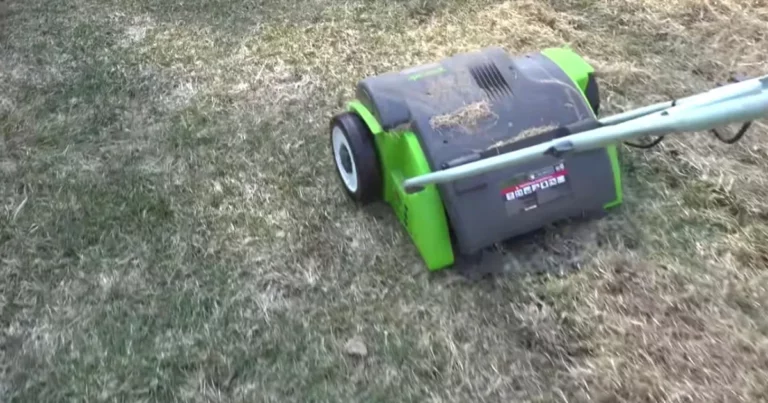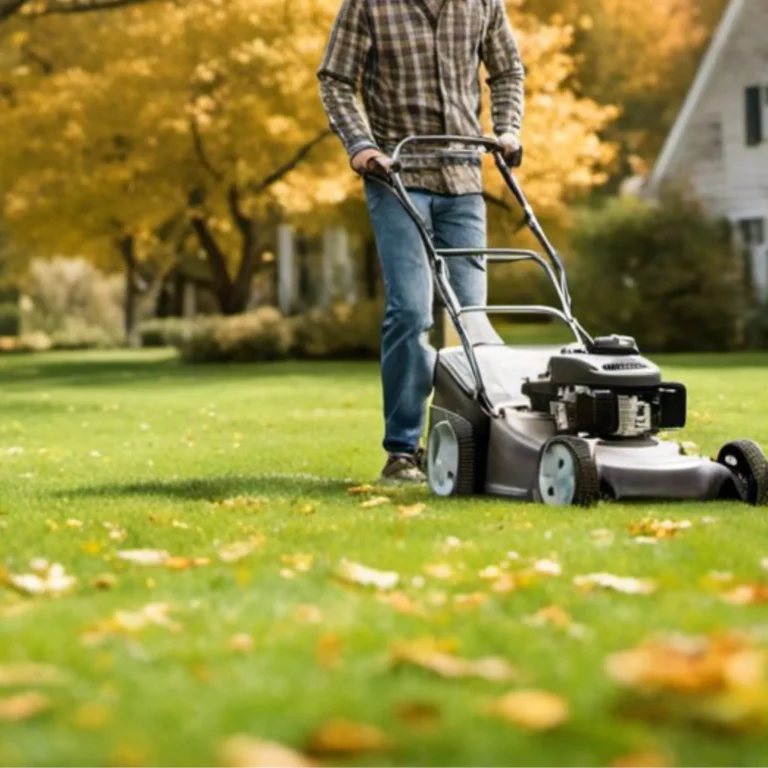How to Get Rid of Grass Clippings: A Detailed Solution
When you mow your lawn, grass clippings are a byproduct. But you might find them troubling. However, if they are properly disposed of, grass clippings can actually benefit your yard.
But, how to get rid of grass clippings from your lawn?
You can remove grass clippings using a variety of techniques, such as bagging, composting, raking, or mulching. For more details about the grass clippings on your lawn, continue reading.
Key Points:
- If not correctly managed, grass clippings can cause problems such as thatching, smothering, and pests.
- Grass clippings can improve your lawn by improving soil quality, decreasing weed growth, minimizing erosion, and improving drainage. The soil is improved when recycling grass clippings through composting.
- Prepare your materials, pile greens and browns, add water, and turn often to compost grass clippings. Costs range from $20 to $100.
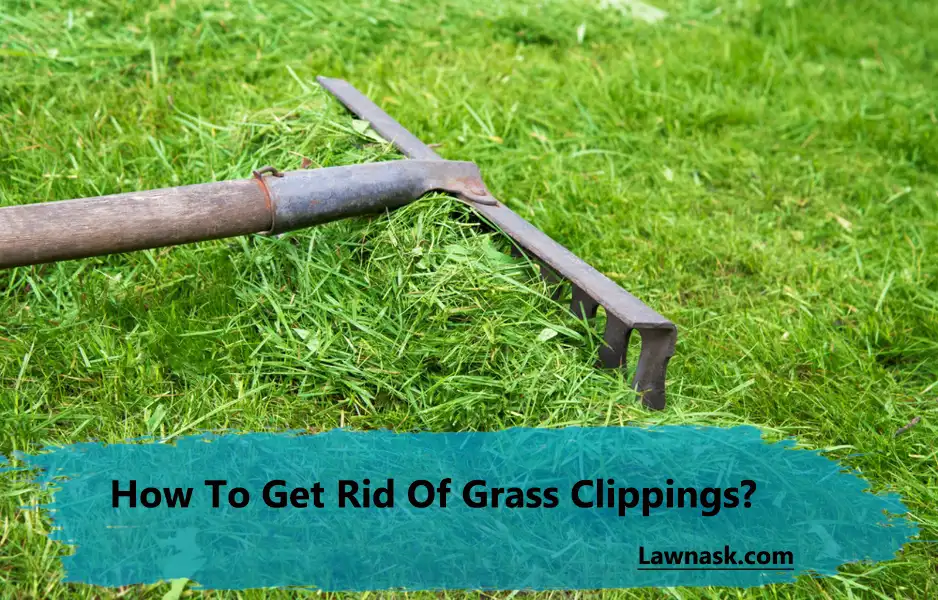
What Are the Problems of Grass Clippings?
In some circumstances, grass clippings might be an issue. The following are some problems with grass clippings:
Thatching
Thatch accumulation on your lawn can be assisted by grass clippings. A layer of dead grass and leaves is called thatch. Additionally, some organic material that gathers on the soil’s surface may be added to it.
Thatch can block air and water from getting to the grass’s roots. Therefore, it may result in issues like disease and drought stress. So, it is crucial to frequently remove them.
Smothering
If you keep many clippings on your lawn, the grass can be smothered. The grass is consequently deprived of the sunlight and air it requires to flourish because of the clippings.
Thickening and yellowing may result from this. The grass can occasionally also dry out and pass away.
Fire Hazard
Grass clippings that have dried out provide a fire risk. It occurs more frequently in hot and dry weather when there are clippings on your lawn.
If you live in a region where wildfires are common, this is a frequent event. Therefore, it is crucial to frequently remove grass clippings from your lawn.
Pests
Pests and bugs may be drawn to grass clippings. These can offer a damp and shaded atmosphere. The clippings invite bugs into your lawn. This occurs if the grass clippings are kept on the lawn for a long time.
Untidy
Too much grass clippings on your lawn is not a great sight. Your lawn may appear messy and overgrown if there is a thick layer of grass clippings there.
How to Get Rid of Grass Clippings from Your Lawn?
Grass clippings can be removed from your lawn in many waysds. Here are a few of the most popular techniques:
Bagging
The most popular method of disposing of grass clippings is bagging. Also, it is the best way to stop them from attracting pests and adding to thatch buildup.
Simply fasten a bag to your mower to bag your lawn clippings. As you mow, it will collect the clippings.
Composting
You can use composting to recycle the grass clippings. Composting lowers waste generation and raises soil quality. You should create a compost pile or bin to compost your grass clippings.
Raking
A less popular method of removing grass clippings is by raking. But if you have a relatively small lawn, it might work.
To rake the grass clippings, you should pile up your grass clippings. After that, you should put them in the garbage or compost bin.
Mulching
Grass clippings are cut into small bits by mulching mowers. This efficiently supplies nutrients to soil. It is a great method if you want to recycle your grass clippings.
Additionally, your lawn’s health is enhanced. When using a mulching mower, you should still mow your lawn frequently. Otherwise, too many clippings can smother the grass.
Hiring Lawn Care
You might not have the time to dispose of your grass clippings yourself, so you should hire a lawn care company. If so, you can hire a lawn maintenance service to take care of it for you.
What Are the Benefits of Grass Clippings on the Lawn?
If properly disposed of, lawn grass clippings are very useful to your lawn. The following are some advantages of using lawn grass clippings:
- Conserve water: Clippings from the lawn can aid in water conservation. The grass clippings might aid in keeping soil wet. This is due to the fact that they serve as a mulch, which helps to stop soil water from evaporating. This is particularly advantageous in hot, dry conditions.
- Reduce erosion: By holding the soil together, grass clippings can aid in reducing soil erosion. If you live in a location that has erosion, this is very important.
- Healthy lawn: Grass clippings can help your grass become healthier. They are made of many useful nutrients. All of these nutrients are necessary for plant growth.
Leaving grass clippings on the lawn causes them to decay and return these nutrients to the soil. Your lawn’s health and attractiveness can both be enhanced by doing this.
- Create compost: Compost can be made from grass clippings, and compost is a useful soil improvement. Your soil’s drainage, fertility, and water retention can all be improved with compost.
- Prevent weeds: Grass clippings can aid in preventing weed growth. The clippings build up a layer of organic matter on the soil’s surface. Weeds find it difficult to sprout in this stratum.
- Improve drainage: Grass trimmings might aid in enhancing your lawn’s drainage. They aid in releasing air pockets and breaking up compacted soil. This could stop waterlogging. It will therefore enhance the health of your lawn.
How to Compost the Grass Clippings?
Following are the steps for composting grass clippings:
- Pick a composting technique first. Grass clippings can be composted in numerous ways. A simple pile in your lawn, a bin, or a tumbler are your options.
- Prepare the supplies right away. You will need more ingredients in addition to grass clippings for the decomposition. They are called greens and browns.
- Browns are carbon-rich substances like straw, wood chips, and dried leaves. The grass trimmings from your lawn are known as greens.
- Place the waste in the compost pile. You can also use a bin. Browns should first be added in layers to the pile or bin’s base. Add a layer of greens next. You should alternate the layers until the bin or pile is full.
- The compost bin or pile needs water. So, you should make the compost bin or pile damp but not drenched. As needed, add water to keep it moist.
- Regularly turn the compost bin or mound. Compost piles and bins can be turned to ventilate them and hasten the decomposition process. Every week or two, you should turn the pile or container.
- Compost takes time to break down, so be patient. Your compost might not be ready to use for several months or even a year. The total cost of composting is also very low, ranging from $20 to $100.
You can also take a look at this video. It will give you some visual guidance for making a compost out of grass clippings.
Frequently Asked Questions (FAQs)
If I want grass clippings on my lawn, how frequently should I mow it?
You should mow your lawn more often if you want to leave the grass clippings on it.
Can I mow my lawn if it is wet?
It is best to avoid mowing your lawn while it is wet since the grass clippings may clump and smother the grass.
What are the different composters for grass clippings?
The various composters are simple bins, vermicomposters, tumblers, and in-ground systems.
Are grass clippings safe to burn?
Due to concerns about air pollution and potential fire risks, burning grass clippings is not safe.
What should I do if the grass clippings I am using include pesticides?
Do not compost or use grass clippings with chemical residues. You should dispose these grass clippings separately.
Related Posts:

